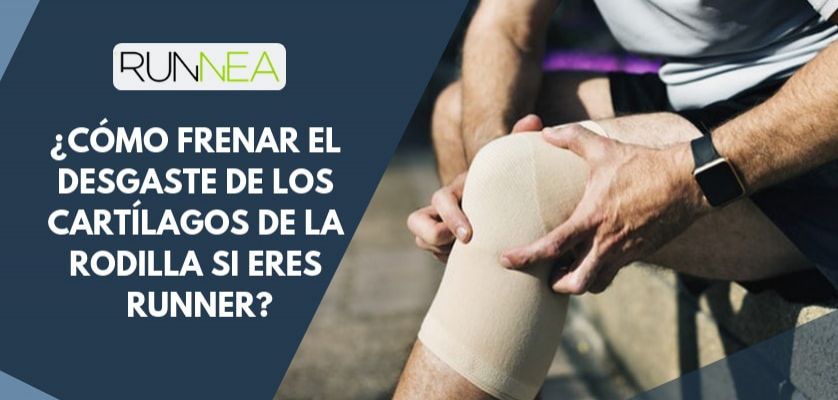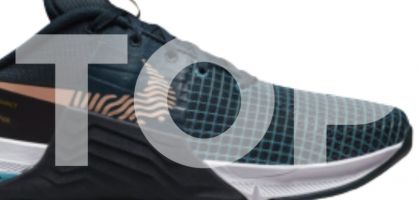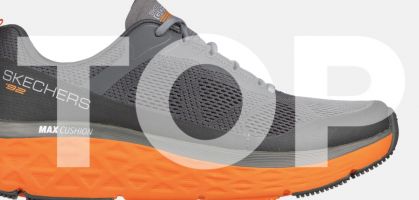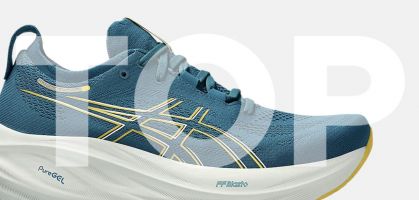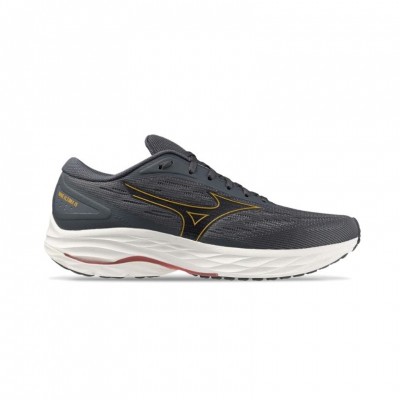Among the most frequent injuries among runners, knee injuries are one of the main ailments. But the truth is that we allude to this joint, which connects the femur and the tibia, without considering the importance of cartilage in this type of injury. So, as the good runners that we are, the recurring question to answer is: How can I slow down the wear and tear of the cartilage in my knee?
The first thing to realize is that the cartilage is the tissue responsible for the proper absorption of impacts, which has a vital importance in the mechanics of the gesture. In Runnea we put the focus on this point, and we point out some keys for a proper regeneration of it. Without further ado, we go into the matter and discover some data that can provide solutions to future ailments in this joint.

The importance of cartilage in the mechanics of gesture
Knee injuries are one of the main ailments among runners, as this is undoubtedly the main joint responsible for providing stability and cushioning pressure. The bony structure of the knee is delimited by the tibia, femur and patella but, on this occasion, we want to place special emphasis on one of the elements that causes the greatest number of injuries, the cartilage. This articular tissue has a clear function in the mechanics of movement, offering permanent protection in the areas most exposed to impact. In the particular case of the knee, we are talking about the menisci, internal and external, elements that are very susceptible to injury as they serve as a barrier between the two surfaces between them.
Cartilage is a tissue that covers the different joints of the body such as the knees, wrists, shoulders or ankles, among others. Its main function is to absorb the impacts produced by the different movements. The greater the degree of impact of the specific activity, the greater the tension accumulated by this joint tissue and therefore, the greater the risk of damage. Hence the importance of preventing and avoiding the wear and tear of this tissue, especially in high-intensity physical activities such as running.

- You may be interested in: Exercises to recover and prevent knee injuries.
Key method: prevention
"Prevention is better than cure", making use of this expression, prevention will be the key method to maintain the health of this joint structure. To ensure proper functioning of the knee cartilage and thus avoid future painful injuries, we must avoid excessive wear and tear of this tissue.
We should not only focus on the recovery of this tissue but also on maintaining the proper health of this structure so that its function remains intact. In the knee area we find the weak points of many of our runners such as the Achilles heel or the meniscus. As our head physiotherapist, Natxo Corral, Bachelor of Physical Education and Diploma in Physiotherapy, points out, "knee injuries such as ligament sprains, meniscus or ligament tears are some of the most common injuries in athletes and therefore prevention is essential".

Muscle strengthening
To minimize the negative impact that running has on the joints, it will be important to work on muscle strengthening. In other words, exercises that not only help improve stability but also strengthen and tone the muscles surrounding the knee. All with the same purpose, that the structure that functions as a protective layer in the joints is at full capacity and contributes to better shock absorption.
Pointing out, once again, the importance of prevention, once the injury is diagnosed it is important to get in the hands of a specialist to accompany us in the regeneration process. There are certain keys that can help us to avoid an excessive wear of the cartilage as a correct feeding, a good election of the sport footwear or to avoid the overweight. Small guidelines that also help to prevent this tissue from wearing out and, therefore, precipitating an injury.

Choosing a good shoe
As we always defend from Runnea, choosing the right footwear for our physical condition and the particular sport activity, will always be a wise decision. Each runner profile demands different characteristics, some seek to enjoy maximum cushioning to successfully face the longest runs and there are those who, however, prioritize lightness and minimalism. Adapting each running shoe to the runner's profile is something we should not overlook as it will avoid, to a certain extent, an increased risk of injury.
Nutritional supplements
As we have already mentioned above, a healthy and balanced diet can also prevent excessive wear of the knee cartilage. If we add to this a nutritional supplement, which contributes to the strengthening and regeneration of cartilage, success is more than assured! This type of supplement not only brings together the essence of collagen but also lubricates and nourishes the cartilage and ligaments involved in the mechanics of the gesture, accelerating the regeneration process.
The key method for slowing down the wear and tear of knee cartilage and stopping the onset of future injuries is undoubtedly prevention. Running is a high-intensity physical exercise that punishes the knees and therefore, we must focus on muscle strengthening to avoid excessive wear of the various tissues. Likewise, choosing the right footwear or opting for a reliable nutritional supplement to help us in the cartilage regeneration process are some of the guidelines recommended by different specialists.
Read more news about: Running News
